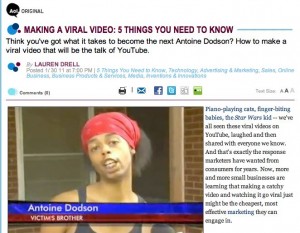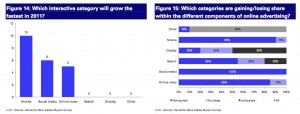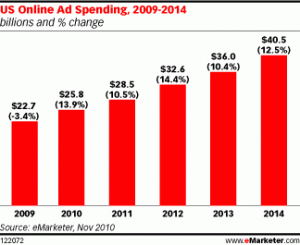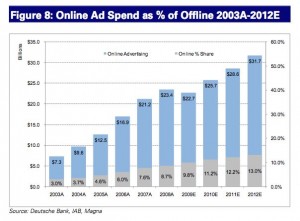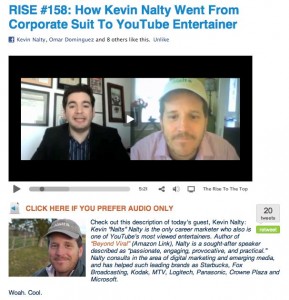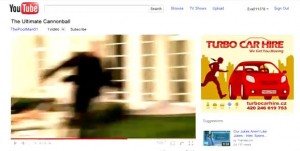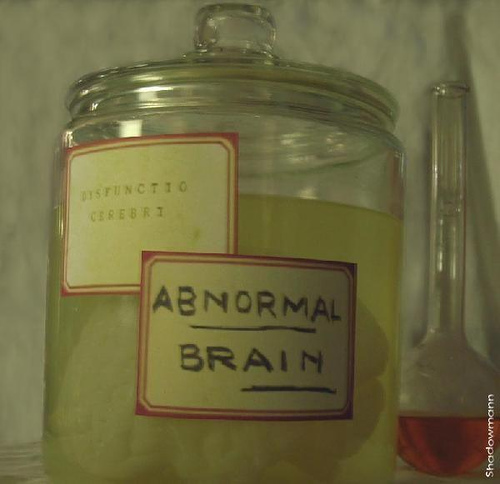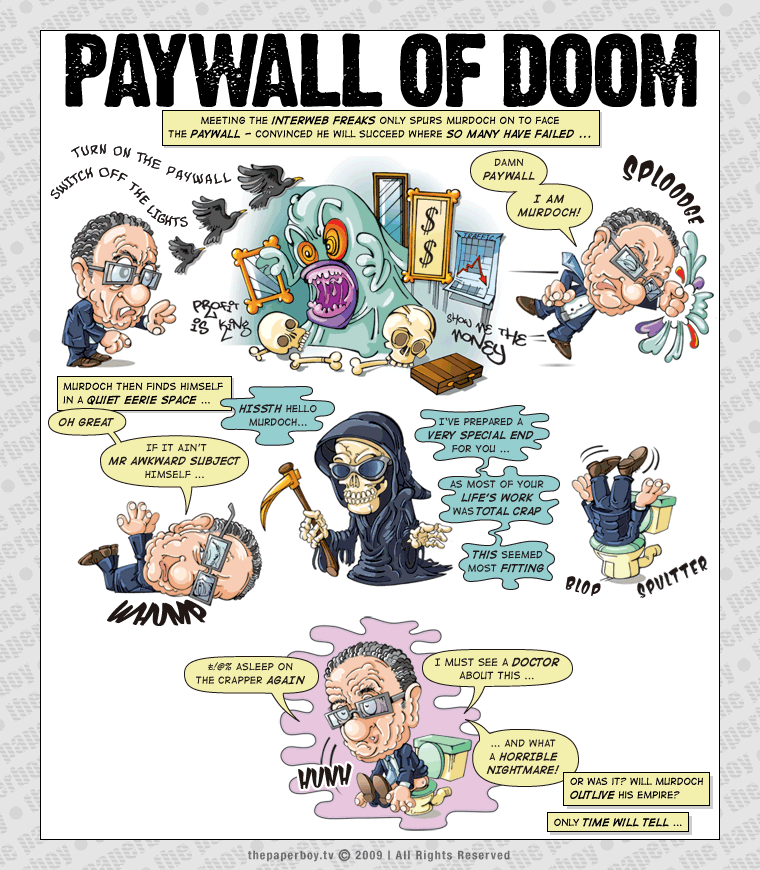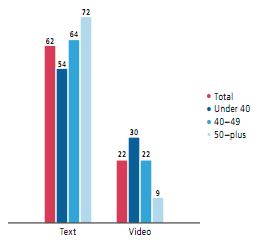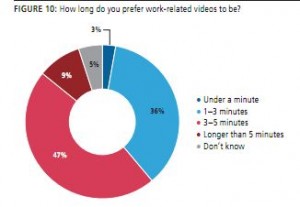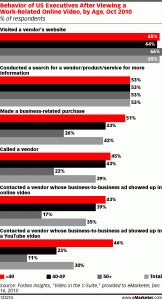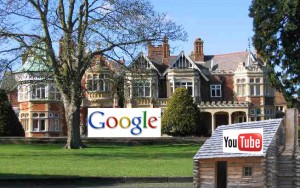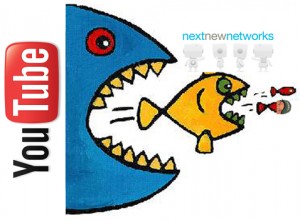 How can a small company take advantage of this bountiful new online-video market? They can personalize their offering, increase reach, optimize search-engine rankings, and target with greater precision. While few startups will “go viral,” entrepreneurs have a competitive advantage in their flexibility and agility. Without large bureaucracies or expensive agencies, a smaller business can leave out the nonsense and get their message out via the less crowded medium.
How can a small company take advantage of this bountiful new online-video market? They can personalize their offering, increase reach, optimize search-engine rankings, and target with greater precision. While few startups will “go viral,” entrepreneurs have a competitive advantage in their flexibility and agility. Without large bureaucracies or expensive agencies, a smaller business can leave out the nonsense and get their message out via the less crowded medium.
I have not yet found a way to profitably help small businesses take advantage of online video. As an entrepreneur I couldn’t justify my own fees to a startup. So that’s one of the primary purposes of writing “Beyond Viral,” and in sharing secrets with whatever journalist comes my way… last month it was Entrepreneur magazine and “Rise to the Top,” and now it’s AOL Small Business.
AOL Small Business writer Lauren Drell does a nice job of providing some key insights and recommendations for smaller businesses. Check out her 5 things you need to know… because you do.
Beyond Viral (go buy it at Amazon) has a chapter devoted specifically to small businesses, although most of the entire book is applicable. The secret trick is to stop thinking about a specific funny, viral video… and engage the medium strategically. Finding where your audience is, what will get their attention, and how to compel the right ones to consider purchase or trial. It’s not brain surgery, but it’s easy to waste time or money.

